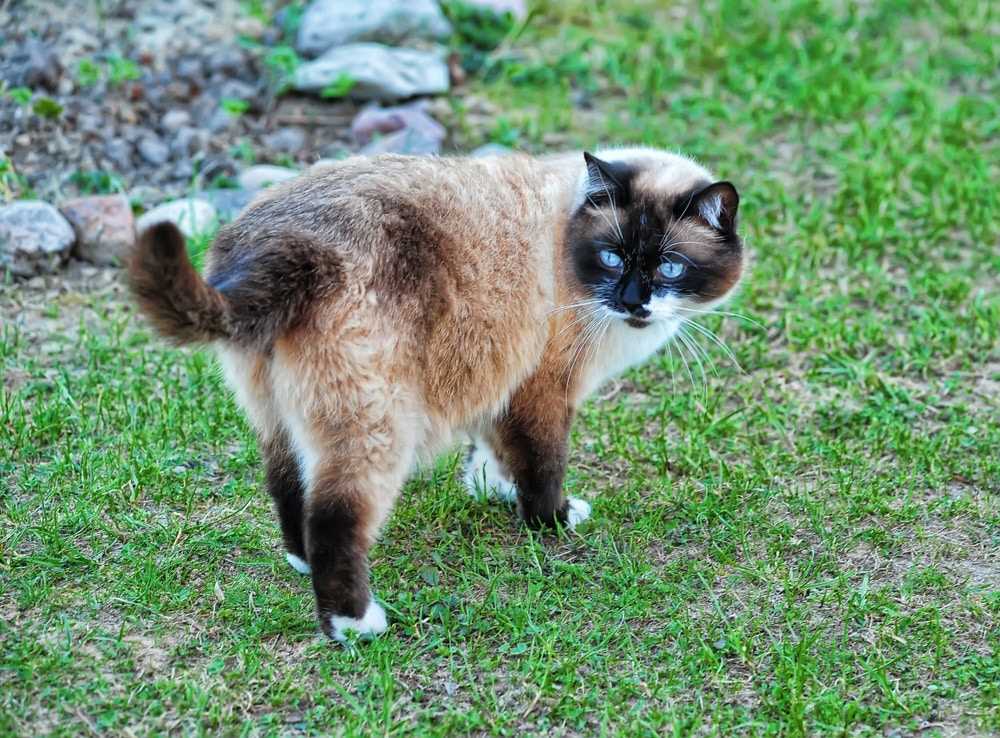

Seeking a new furry companion? Expect to invest between $1,000 and $2,500 for one of these charming breeds, depending on factors like lineage and breeder reputation. This price range reflects the costs associated with responsible breeding practices and genetic health testing.
When considering adoption, local shelters or rescue organizations might offer these unique kitties at a lower cost, typically around $100 to $300. While this option may be more budget-friendly, ensure that you inquire about the cat’s health history and temperament before making a decision.
Keep in mind that initial expenses are just the beginning. Ongoing costs such as high-quality food, routine veterinary care, and grooming should be factored into your budget. Preparing for these aspects will help ensure a happy and healthy life for your new feline friend.
Average Price Range for Snowshoe Siamese Cats
The typical cost for a feline of this breed varies significantly. On average, expect to pay between $1,000 and $2,500. Factors that influence pricing include pedigree, breeder reputation, and geographic location.
Breeder vs. Adoption
Purchasing from a reputable breeder often commands a higher price due to the careful breeding practices and health guarantees they provide. In contrast, adoption from a rescue or shelter may offer a more budget-friendly option, usually ranging from $50 to $300, though these might not always include purebreds.
Additional Costs
Remember that the initial fee is just part of the expense. Regular veterinary care, food, and supplies can add up quickly. Plan for ongoing costs to ensure a happy and healthy life for your new companion.
Factors Influencing the Cost of Snowshoe Siamese Cats
Breeders significantly impact the pricing of these unique felines. Reputable breeders with experience typically charge more due to their commitment to health, genetic screening, and ethical breeding practices. Look for breeders who provide health guarantees and have a solid reputation within the community.
Another aspect to consider is lineage. Cats from champion bloodlines or those with show potential often come at a premium. The more prestigious the ancestry, the higher the price tag. Pedigree plays a crucial role in determining value.
Geographic Location
Prices vary by region. Urban areas may see higher costs due to demand and living expenses. Conversely, rural areas might offer more competitive pricing. Research local breeders and compare prices to ensure you’re getting a fair deal.
Age and Availability
Kittens are generally more expensive than adults. Availability also affects cost; if a specific color or pattern is rare, it may be priced higher. Some breeders may offer discounts for older pets needing rehoming. Always factor in the pet’s age and availability when evaluating price.
Where to Buy Snowshoe Siamese Cats
If you’re eager to welcome one of these unique felines into your home, I recommend starting your search at reputable breeders. Look for those who specialize in this specific breed, as they can provide health guarantees and detailed lineage information.
Online platforms such as breed-specific forums and social media groups can lead you to trusted breeders and available kittens. Always check reviews and ask for references from previous buyers.
Adoption is another option. Shelters and rescue organizations sometimes have these charming animals looking for new homes. Websites like Petfinder and Adopt-a-Pet can help locate rescues in your area.
Local cat shows offer an opportunity to meet breeders in person. Engaging with them allows you to assess their practices and the environment where the kittens are raised.
Finally, consider reaching out to veterinary clinics or pet supply stores. They often have connections to reputable breeders or know of available rescues.
Whichever route you choose, ensure that you prioritize the health and well-being of the kitten. Responsible sourcing is key to a happy new friend!
Additional Expenses of Owning a Snowshoe Siamese Cat
Be ready for costs beyond the initial price tag. Here’s what to expect:
| Expense Type | Estimated Monthly Cost | Annual Cost |
|---|---|---|
| Food | $30 – $50 | $360 – $600 |
| Routine Veterinary Care | $10 – $30 | $120 – $360 |
| Grooming Supplies | $5 – $15 | $60 – $180 |
| Litter | $15 – $30 | $180 – $360 |
| Toys and Enrichment | $10 – $25 | $120 – $300 |
| Pet Insurance | $20 – $50 | $240 – $600 |
| Unexpected Medical Expenses | $0 – $100 | $0 – $1200 |
Food quality matters; invest in premium options for health benefits. Regular vet visits ensure early detection of issues. Grooming, even for short-haired breeds, keeps the coat shiny and skin healthy. Litter type can affect odor control and cleanliness. Engaging toys prevent boredom and promote activity. Insurance helps manage unforeseen health costs, while unexpected vet bills can arise at any time. Always budget for these additional expenses to ensure a happy home.
Price Comparison: Breeder vs. Rescue Adoption

Choosing between a reputable breeder and a rescue organization can significantly impact the financial aspect of bringing a new feline friend into your home. Here’s a detailed breakdown of what to expect from both options.
Costs from Breeders
- Typical price range: $800 to $2,000 depending on pedigree and lineage.
- Breeders often provide vaccinations, health checks, and initial training, which can add to the overall cost.
- Reputable breeders may require a deposit to secure your kitten, which is typically non-refundable.
Costs from Rescue Organizations
- Adoption fees generally range from $50 to $300, which often includes spaying/neutering and vaccinations.
- Many rescues offer discounts or special rates for senior cats or bonded pairs.
- Adopting from a rescue can also provide a sense of fulfillment, knowing you’re giving a home to a cat in need.
In summary, while breeders may offer specific breeds with particular traits, rescues provide an affordable option with the chance to save a life. The decision should align with both your budget and personal preferences.
Health Considerations and Their Impact on Cost
Prioritizing the well-being of these felines directly affects initial pricing and ongoing expenses. Common health issues can influence the overall investment required for ownership.
Common Health Issues
- Respiratory problems
- Dental disease
- Obesity-related conditions
Regular veterinary check-ups and preventive care are essential to mitigate these risks. This may lead to higher initial costs but can save money in the long run.
Insurance and Veterinary Care

- Pet insurance options vary widely in cost
- Routine vaccinations and preventive treatments are necessary
Choosing to invest in insurance can alleviate financial burdens associated with unexpected health concerns. It’s advisable to research various plans to find the best fit.
Additionally, providing a healthy diet and regular exercise helps maintain a balanced lifestyle and avoid costly medical treatments. For instance, ensuring proper hydration is crucial. If you own a freshwater aquarium, you might want to check out this guide on how to lower general hardness in freshwater aquarium, which can benefit feline health by promoting hydration.
Ultimately, a thoughtful approach regarding health can significantly influence the total cost associated with bringing one of these charming companions into your home. Don’t forget to consider options for naming; check out some creative names for male cats that could suit your new friend well!
Tips for Budgeting for a Snowshoe Siamese Feline
Firstly, set a clear allocation for initial costs including adoption fees or breeder expenses. Research different sources to compare prices thoroughly.
Establish a monthly budget for ongoing necessities such as high-quality food, litter, and routine veterinary visits. Aim for a comfortable margin to cater for unexpected medical emergencies.
Consider investing in insurance plans tailored for pets. This can significantly reduce out-of-pocket expenses during health crises.
Factor in grooming supplies and toys. Regularly purchasing these items can enhance your companion’s wellbeing and prevent larger issues down the road.
Look into local pet supply stores for sales and discounts. Joining loyalty programs can also save money on recurring purchases.
Plan for travel costs if you require a pet sitter or boarding services when you are away. This should be part of your overall financial strategy.
Engage with local pet communities online to gain insights on budgeting effectively. Other owners may share their expense tracking methods and resources that can assist in managing finances.
Lastly, always keep a small emergency fund specifically for your furry friend, ensuring you’re prepared for any sudden needs that arise.









